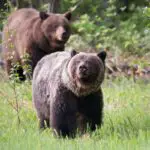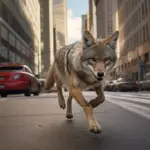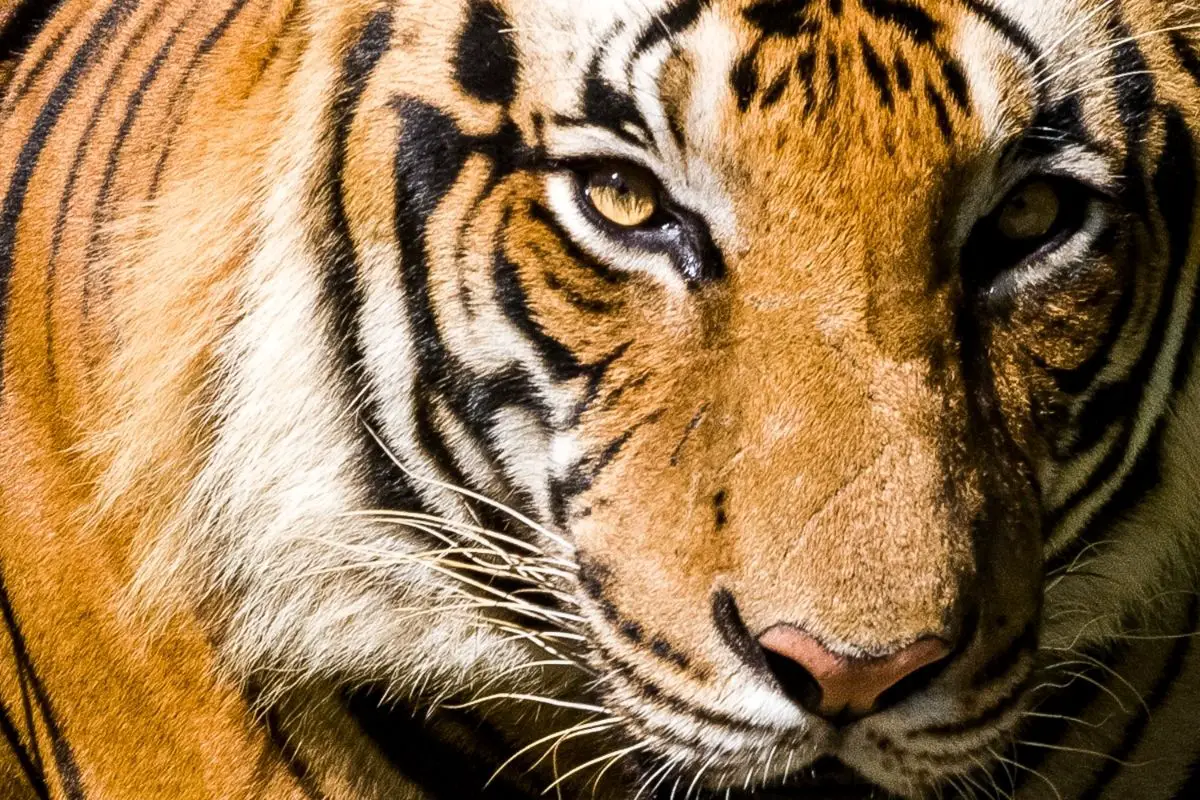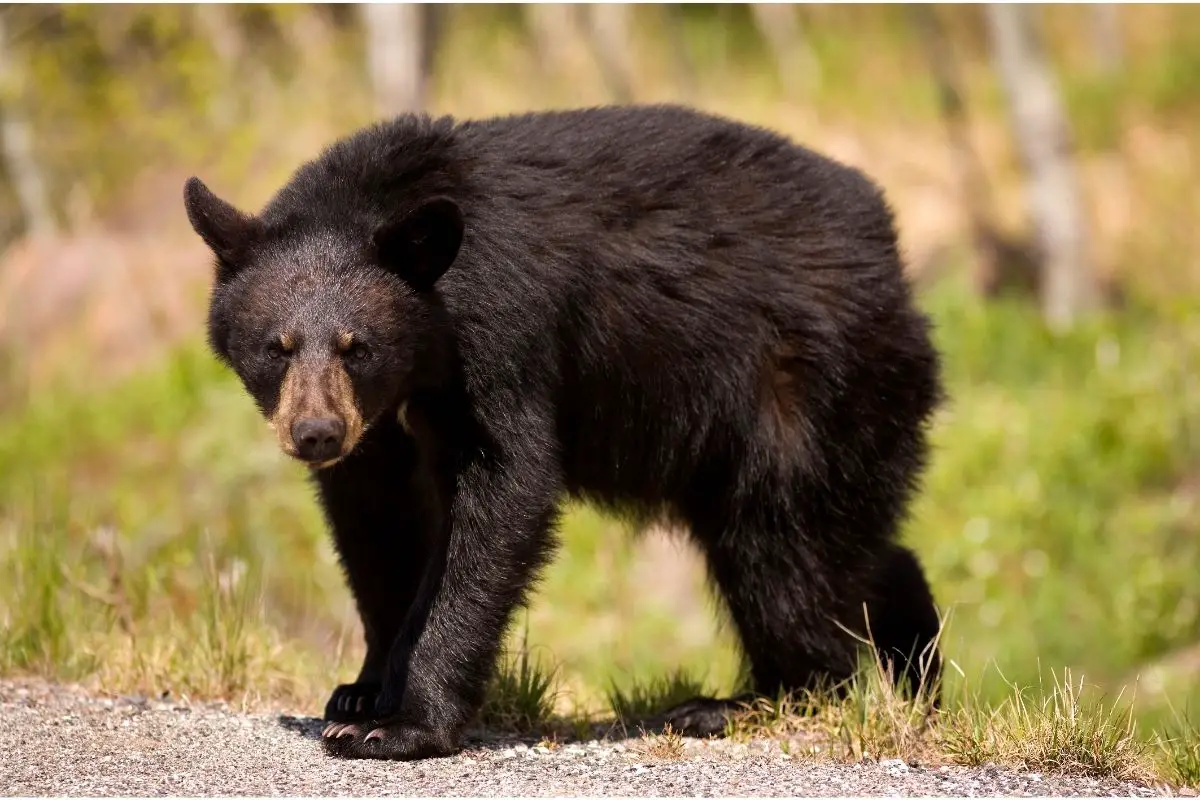Grizzly bear, a subspecies of the brown bear, stands out as one of the most awe-inspiring creatures of the wild. Their formidable size, strength, and keen survival instincts place them at the apex of the animal kingdom.
So, let’s discuss at-length, why grizzly bears are so dang hard to kill.
However, one particular feature that has fascinated scientists, animal lovers, and the general public alike is the Grizzly Bear skull. So, how thick is a grizzly bear’s skull, and why does it matter?
Understanding Grizzly Bear Skull Thickness
In general, a grizzly bear’s skull thickness varies, primarily depending on factors such as the bear’s age, sex, and overall health. On average, the skull thickness in adult grizzlies can range from 1 to 1.5 inches.
However, the skull’s robustness isn’t merely about the bone thickness – it also has to do with its overall structural design. The bear’s skull is incredibly solid and designed to withstand significant impact.
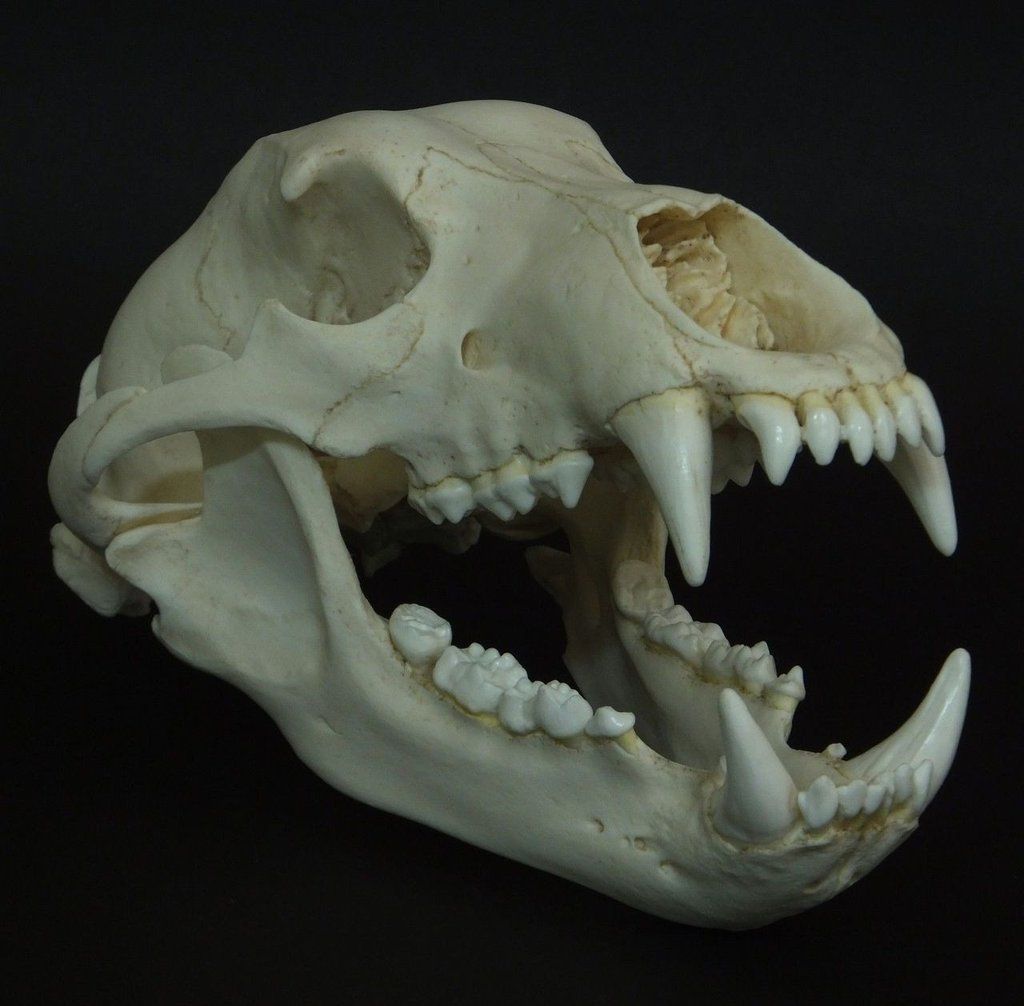
How Big and Strong is a Grizzly Bear Skull?
Grizzly bear skulls are not just thick; they’re also large and strong. Adult grizzly bear skulls can measure up to 13 to 14 inches in length and 8 to 9 inches in width.
These dimensions provide enough space for the bear’s large brain and powerful jaw muscles, both of which contribute to the skull’s strength.
Their substantial jaw strength enables grizzlies to bite through objects as hard as bowling balls, demonstrating the power encapsulated in this singular structure.
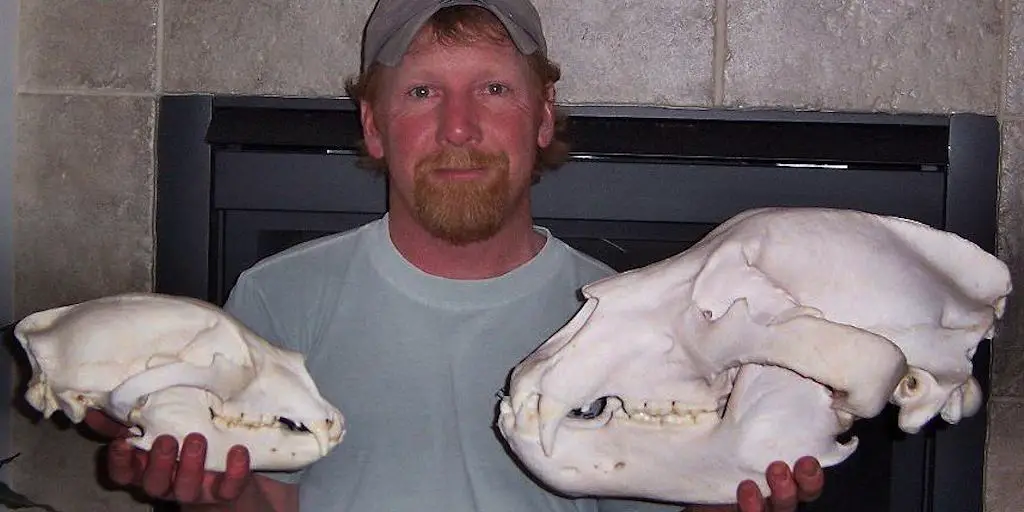
Photo Credit: The Big Game Hunting Podcast, Ep 63 w/ Clay Newcomb
Comparing Black Bear Skull vs Grizzly Bear Skull
Comparing a black bear skull vs a grizzly bear skull brings forth notable differences. Generally, grizzly bear skulls are broader and more substantial, with a more pronounced facial concavity than black bears.
A grizzly bear’s skull thickness contributes to their renowned durability and strength, distinguishing them as the more formidable of the two.
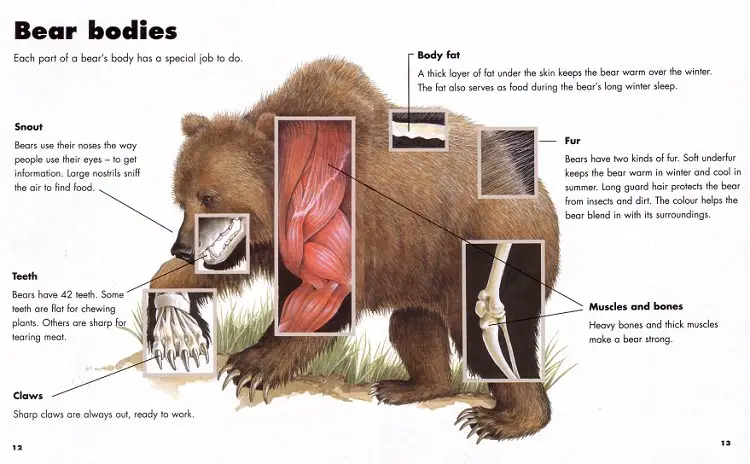
Visualizing a Grizzly Bear Skull: Drawings and Diagrams
Grizzly bear skull drawings offer an excellent way to study and appreciate the complex structure of this remarkable animal feature. These illustrations help us understand the unique aspects of the skull, like the bone thickness, the large nasal cavity, and the expansive space for jaw muscles.
Understanding the grizzly bear skull – how thick, big, hard, and strong it is – allows us to appreciate these magnificent creatures better. The robust skull contributes to the grizzly bear’s impressive survival skills, helping them thrive in some of the harshest environments on the planet.
So the next time you encounter a question like “how strong is a grizzly bear skull?” or “how big is a grizzly bear skull?”, you’ll know it’s not just about size or thickness but also about the overall structure and strength that makes these predators truly awe-inspiring.
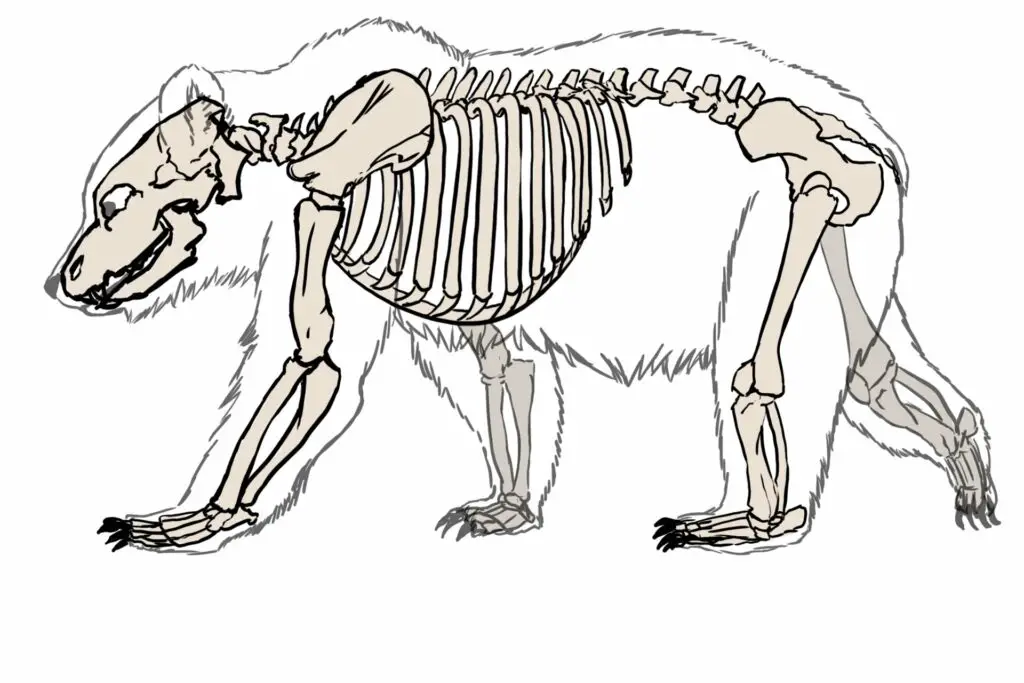
Delving Deeper: The Grizzly Bear Skeleton
Beyond the skull, the grizzly bear skeleton is a marvel of nature’s engineering. The skeleton is incredibly robust, designed to support the bear’s significant weight, and it allows for powerful movements whether the bear is running, swimming, or catching prey.
Understanding Grizzly Bear Skeleton Anatomy
The grizzly bear’s skeletal anatomy is a blend of strength and versatility. It includes around 250 bones, depending on the segmentation of the spine.
A notable feature of their skeleton is the large and curved clavicle bone, which contributes to the bear’s distinctive shoulder hump. This hump is a mass of muscles that is anchored to the bear’s massive skeleton, giving grizzlies tremendous digging capability.
Their limbs are designed for both power and speed, with large, robust bones in their legs and specially adapted paws. Speaking of paws, the grizzly bear paw skeleton is fascinating.
It features five digits, each equipped with a long, non-retractable claw that can be up to six inches in length. These claws, backed by the sturdy structure of their paw skeleton, allow grizzlies to be formidable hunters and efficient diggers.
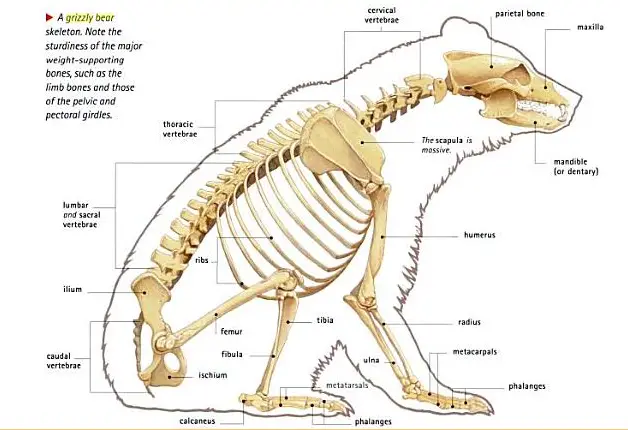
Visualizing a Grizzly Bear Skeleton Diagram
A grizzly bear skeleton diagram provides a comprehensive view of these bears’ anatomical structure. It clearly outlines the significant bones and their functions, showcasing the skeletal adaptations that make grizzlies one of the top predators in their habitat.
From the sizable skull and the strong vertebral column to the robust limbs and the formidable paw skeleton, every part of the grizzly bear skeleton is designed for strength, endurance, and adaptability.
In summary, the grizzly bear skeleton is as remarkable as its skull. Every bone, every joint works in harmony to give these magnificent creatures their strength and resilience.
Understanding this helps us to further appreciate their adaptability and the pivotal role they play in the ecosystem. Indeed, the grizzly bear, with its powerful skull and robust skeleton, stands as a testament to nature’s ingenuity.
Grizzly bears are typically not aggressive towards humans, and attacks are relatively rare. However, certain situations can provoke an attack. Some common causes include:
Defending Cubs: Female grizzlies, known as sows, are fiercely protective of their young. If they perceive a threat to their cubs, they may attack to protect them. This is one of the most common reasons for grizzly bear attacks.
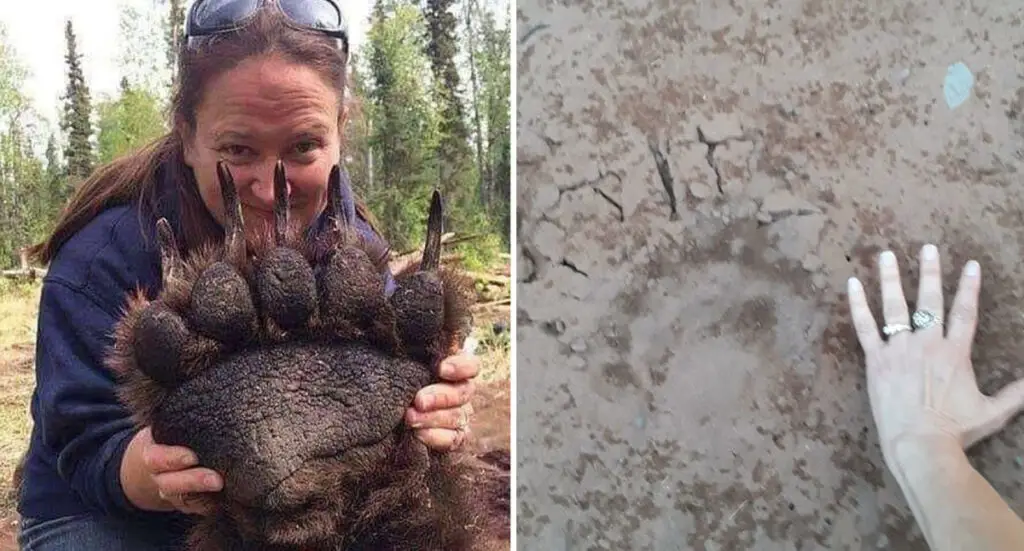
Grizzly Bear Claws
Grizzly bear claws are one of the most distinct and fascinating features of these iconic creatures. Their claws play a crucial role in their survival, used for digging, hunting, and sometimes in self-defense.
Let’s delve into the world of grizzly bear claws, looking at their size, how they’re used, and their significance in the life of a grizzly.
Understanding Grizzly Bear Claw Size
When you think about grizzly bear claws, their size is probably the first thing that comes to mind. So, how long are grizzly bear claws? The answer is quite impressive.
The claws of a grizzly bear can grow up to 2 to 4 inches in length, roughly the same size as a human finger. Their size, combined with the strength of the grizzly bear’s forelimbs, allows them to dig into the ground effectively, tear apart rotting logs in search of insects, and catch prey.
The Utility of Grizzly Bear Claws
The claws of a grizzly bear, unlike those of the cat family, are not retractable, meaning they are always on display. Their claw structure is adapted to their diet and lifestyle.
For instance, the claws are long, strong, and curved, perfect for digging roots or burrowing into ground squirrel dens. These claws are also formidable weapons, capable of killing prey or defending against threats.
Grizzly Bear Claws for Sale: A Note on Ethics and Legality
It’s worth noting that grizzly bear claws for sale can often be found online. However, this practice is steeped in controversy. The legal and ethical implications of buying and selling parts of endangered or threatened species are complex. In many areas, it’s illegal to hunt grizzly bears or sell their parts without specific permits.
Furthermore, supporting this trade cal.n contribute to overhunting and the endangerment of these incredible creatures. As such, it’s vital to respect these animals and discourage any practices that threaten their survival.
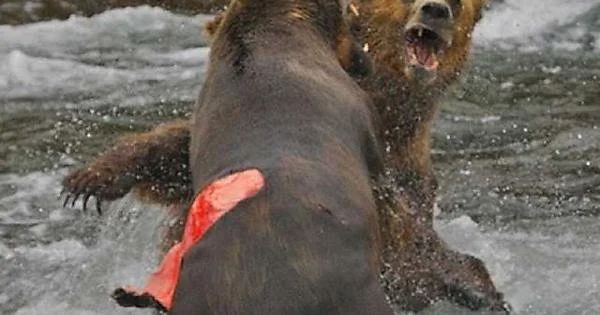
What Causes A Grizzly Bear to Attack Humans?
Surprise Encounters: Grizzly bears might attack if they are surprised or startled. This often happens when people inadvertently get too close to a bear that was not previously visible. Hiking quietly or alone can increase the risk of such surprise encounters.
Feeling Threatened: If a bear feels threatened, cornered, or provoked, it may attack in self-defense. Direct eye contact can also be perceived as a threat by bears.
Defending a Food Source: Bears may also become aggressive when protecting a food source, especially during the fall when they’re trying to consume enough calories for hibernation.
Predatory Behavior: Although very rare, there have been instances where grizzly bears have preyed on humans. This predatory behavior is not fully understood, but it may happen when food sources are scarce, or the bear is old or injured and has trouble hunting its typical prey.
Remember, bear attacks are relatively rare, and in most cases, grizzlies will try to avoid human interaction. The best way to prevent an attack is to make the bear aware of your presence by making noise, to travel in groups, and to carry and know how to use bear spray. If you encounter a grizzly, give it plenty of space and try to back away slowly if it has noticed you.
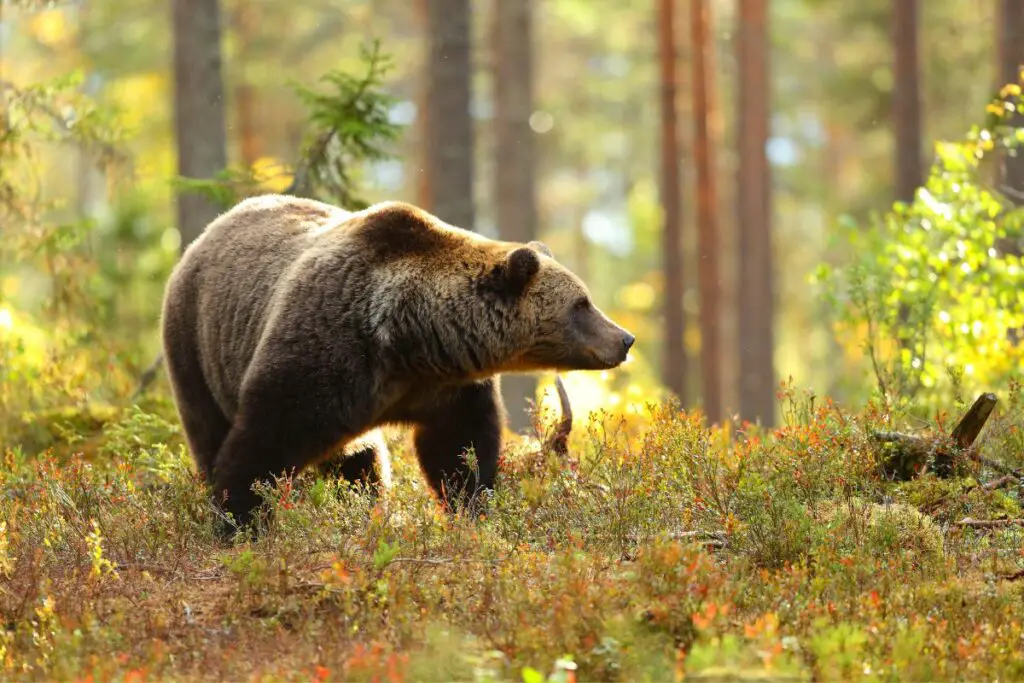
Safety in Grizzly Country: Understanding Bear Self Protection
Venturing into grizzly bear territory can be an exciting adventure, but it comes with risks. Knowing how to protect yourself can make all the difference.
This section covers self-protection strategies, including the use of a firearm such as the 45-70, understanding the grizzly bear’s skull density for shot placement, and other precautionary measures.
It’s crucial to note, though, that the aim should always be to avoid conflict, and using a firearm should only be a last resort.
Magic Bullet? Using a 45-70 for Grizzly Bear Defense
The 45-70 Government is a popular rifle cartridge often chosen for its stopping power. Given its capabilities, it’s frequently asked if it is suitable for grizzly bear defense.
The simple answer is yes, provided you have the right ammunition and can accurately place your shot. When choosing the best 45-70 ammo for grizzly, you’d want to consider options with superior penetration capabilities, considering the grizzly’s dense bone structure and thick hide.
Understanding Shot Placement and the Grizzly Bear’s Skull Density
In a dangerous situation with a grizzly bear where you need to use a firearm, shot placement is key.
As we’ve previously discussed, a grizzly bear’s skull is incredibly thick, measuring between 1 to 1.5 inches, and is structurally designed to withstand significant impact.
A well-placed shot, however, in the heart-lung area, can be effective. This requires not only good marksmanship but also a deep understanding of bear anatomy.
Again, such a situation should only occur as a last resort, and the emphasis should always be on preventing encounters and de-escalating potential confrontations.
Beyond Firearms: Additional Bear Safety Measures
While the discussion around 45-70 vs grizzly bear emphasizes the power of this weapon, it’s crucial to remember that bear encounters shouldn’t rely solely on a “magic bullet.”
Proper bear safety includes traveling in groups, making noise as you move through bear country, storing food correctly, carrying bear spray, and understanding bear behavior.
If a bear does approach, it’s often recommended to speak in a firm, calm voice, and to back away slowly – never run.
After the Encounter: Can You Eat Grizzly Bear?
In a worst-case scenario where a grizzly bear has been killed, one might wonder about the potential uses of the animal to avoid unnecessary waste. Can you eat a grizzly bear? This question, while somewhat controversial, has a simple answer: yes, it is technically possible to eat grizzly bear meat, though it comes with significant considerations.
Understanding the Risks and Preparations of Grizzly Bear Meat
Eating grizzly bear meat isn’t as straightforward as preparing a steak from your local supermarket. Wild game, and bear meat in particular, must be handled with extreme care due to potential health risks.
Grizzly bears are omnivores and their meat can carry parasites like Trichinella, a roundworm that can cause a serious and sometimes fatal illness in humans known as trichinosis.
Therefore, grizzly bear meat must be cooked thoroughly, to an internal temperature of at least 160°F (71°C) to kill any parasites.
As for the taste, bear meat is often described as sweet, coarse, and similar to pork but stronger in flavor. However, it can vary significantly depending on the bear’s diet.
A Note on Grizzly Bear Liver
While most parts of the grizzly bear can be eaten, one organ stands as an exception. Can you eat grizzly bear liver? The answer is a resounding no.
Bear liver, and the liver of many other carnivores and omnivores, contains extremely high levels of Vitamin A. Consuming it can lead to Vitamin A toxicity, a serious condition that can cause dizziness, nausea, hair loss, skin peeling, and in severe cases, even death.
Understanding Trichinellosis: Symptoms and Treatments
For those who partake in hunting and consuming wild game (specifically Grizzly Bear meat), you should understand the risk of trichinellosis, also known as trichinosis.
This disease, caused by the microscopic parasite Trichinella, can affect a range of animals worldwide, including black bears and feral hogs.
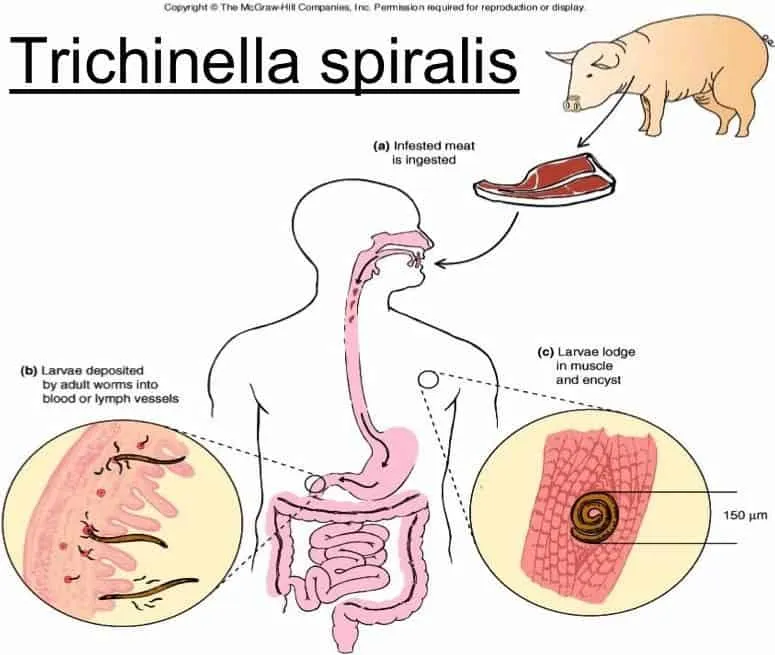
Trichinellosis and Grizzly Bear
Trichinellosis is contracted by consuming raw or undercooked meat from infected animals. Initial symptoms can resemble common gastrointestinal discomforts: diarrhea, abdominal cramps, nausea, and vomiting.
As the disease progresses, symptoms may include fever, muscle pains, facial swelling, and fatigue, lasting from weeks to months depending on severity.
However, some people with Trichinella infection might experience no symptoms at all. Treatment options include safe and effective prescription drugs that target both the Trichinella infection and the resulting symptoms.
Though commonly associated with the consumption of undercooked pork, trichinellosis has in recent years been more frequently linked to the eating of raw or undercooked wild game meats, such as bear.
Where in the US is Trichinella Found?
Cases and outbreaks in the lower 48 states have been associated with consumption of brown and black bear, wild boar, and cougar meat. In Alaska, incidents of trichinellosis have been tied to the consumption of walrus and various bear species. Even in Hawaii, cases have been attributed to the eating of wild boar.
Infected animals often don’t appear to be sick, although some behavior changes, such as decreased activity, may be observable. The microscopic parasite cannot be seen in infected meat with the naked eye.
Although measures can be taken to prevent Trichinella infection in domestic animals like pigs, there are no feasible methods for reducing Trichinella infection in wild animals.
Prevention: Safe Handling and Cooking of Grizzly Bear Meat
The key to preventing trichinellosis lies in proper meat handling and cooking. Whole cuts and ground meat from wild game animals should be cooked to an internal temperature of 160°F.
Using a meat thermometer is recommended as color is not a reliable indicator of doneness for game meat. It’s also crucial to remember that some cooking methods, particularly microwave cooking, do not cook meat evenly, leaving potential for parts of the meat to remain undercooked.
Traditional preservation methods such as smoking, freezing, or curing game meat do not reliably kill all Trichinella species.
Parting Shots
Bottomline, grizzly bears truly are the epitome of toughness and resilience, characterized by their thick skulls, robust skeletons, formidable claws, and protective instincts.
While the might of a grizzly bear can inspire awe and even fear, it is crucial to remember that these magnificent creatures are not indestructible adversaries but important parts of a balanced ecosystem. Their survival abilities highlight their adaptability and the significant role they play in maintaining the health of our natural landscapes.
As we venture into their territories, it’s our responsibility to respect and protect them, striving for coexistence rather than conflict. After all, the grizzly’s strength is not just in its physical toughness but in its role as a symbol of wilderness and ecological harmony.
- Sink Your Teeth Into This: Analyzing the Powerful Lion Bite Force - September 8, 2023
- Siberian Tigers: Everything You Need To Know - September 4, 2023
- Do Lions Eat Humans? Understanding Lion Aggression and Risks - September 4, 2023


